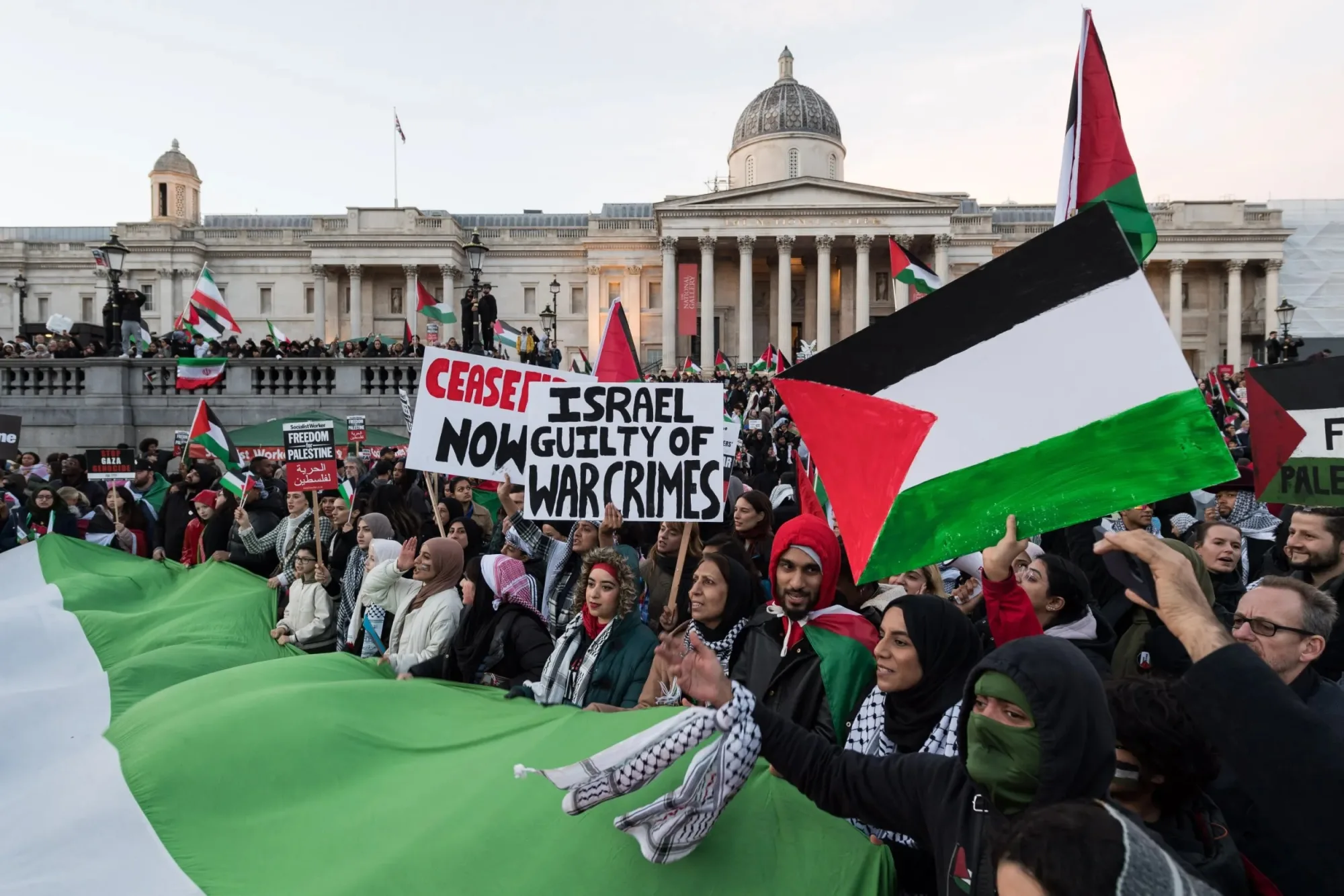Introduction
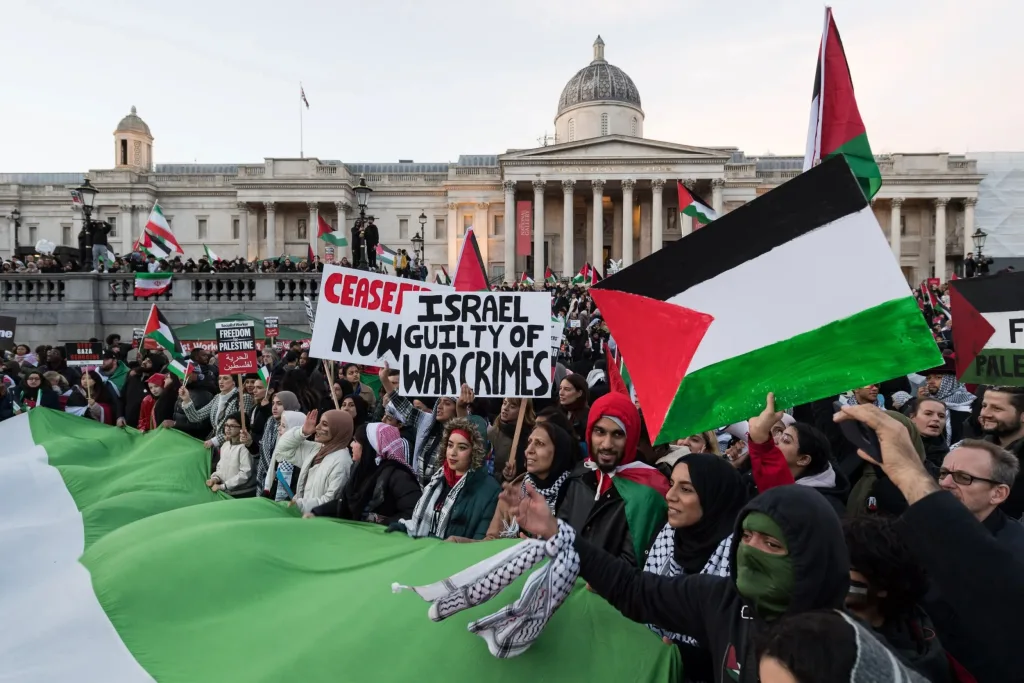
London Unites: On January 13, 2024, London witnessed one of the largest pro-Palestine demonstrations in history, as an estimated 500,000 people marched through the streets to demand an end to Israel’s bombardment and siege of Gaza. The march was part of a global day of action involving 30 countries, calling for a permanent ceasefire and justice for the Palestinian people. In this article, we will explore the reasons, the scenes, and the impacts of this historic march.
The reasons: Why did people march for Palestine?
The march was a response to the ongoing Israeli aggression against the Gaza Strip, which began on October 7, 2023, after Hamas launched a series of rocket attacks on southern Israel, killing 1,140 people, mostly civilians. Israel vowed to destroy Hamas and launched a relentless bombardment of Gaza that has killed at least 23,843 people, mostly women and children, according to the latest toll from the territory’s health ministry.
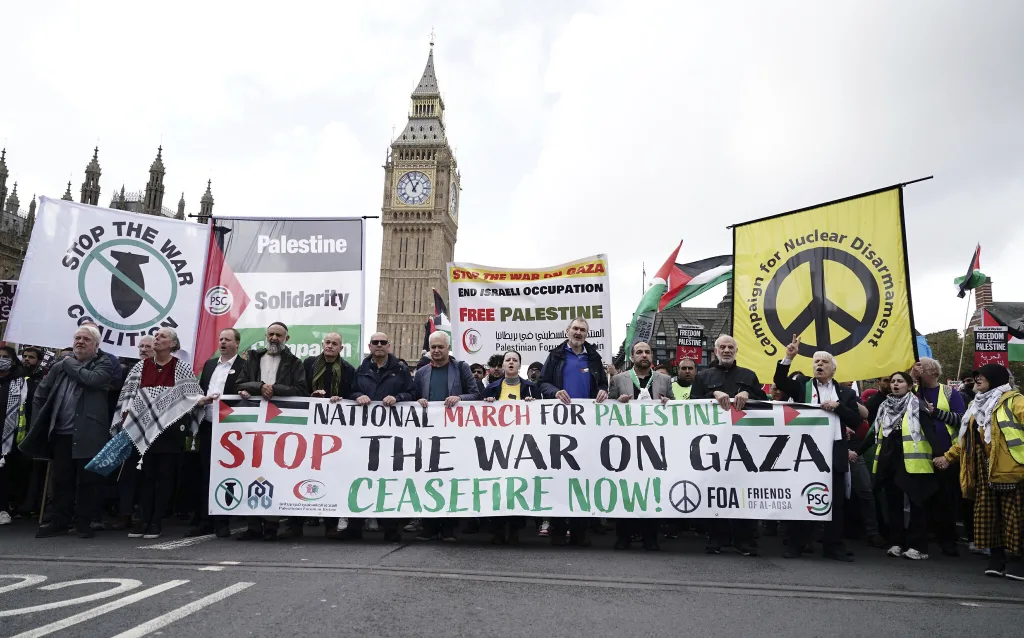
The marchers also expressed their solidarity with the Palestinian people who have been living under Israeli occupation and oppression for decades, facing violations of their human rights, land confiscation, settlement expansion, and discrimination. They demanded that Israel respect international law and end its illegal occupation of Palestinian territories, including East Jerusalem and the West Bank. The marchers also urged the US and the UK governments to stop their military and financial support for Israel, which they accused of committing war crimes and crimes against humanity. They called on President Joe Biden and Prime Minister Boris Johnson to pressure Israel to halt its attacks and lift the blockade on Gaza, which has caused a humanitarian crisis and deprived the population of basic needs and services.
The scenes: What did the march look like?
The march was a colorful and diverse display of solidarity, with people of all ages, backgrounds, and faiths joining together to voice their support for Palestine. They carried banners and posters that read “Free Palestine”, “End the War on Gaza”, “Stop Arming Israel”, and “Boycott, Divest, Sanction”. They also waved Palestinian flags and donned keffiyehs, the traditional Palestinian scarf.
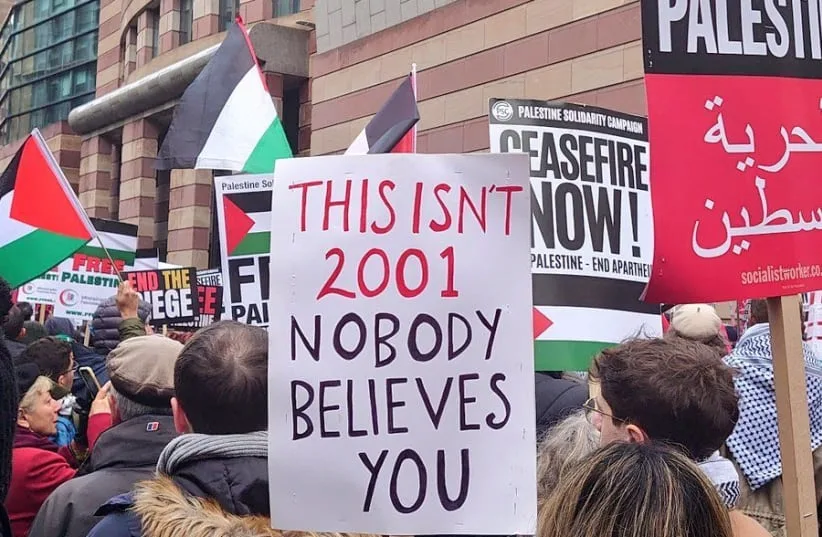
The march started from Marble Arch and proceeded to Whitehall, passing by Hyde Park, Piccadilly Circus, and Trafalgar Square. The marchers chanted slogans such as “Cease-fire now”, “From the river to the sea, Palestine will be free”, and “Gaza, Gaza, don’t you cry, we will never let you die”. They also sang songs of resistance and liberation, such as “Bella Ciao” and “We Shall Overcome”.
The march was peaceful and orderly, despite the presence of around 1,700 police officers who were deployed to ensure security and prevent any clashes or violence. The police handed out flyers warning the demonstrators against the use of racist words and images or celebrating terrorism. The marchers complied with the police instructions and maintained a respectful and dignified tone throughout the event.

The march ended at Parliament Square, where a rally was held with speeches from various speakers, including Palestinian activists, politicians, celebrities, and religious leaders. They shared their personal stories, testimonies, and messages of hope and solidarity with the Palestinian people. They also denounced the Israeli aggression and the complicity of the US and the UK governments. They urged the international community to take action and hold Israel accountable for its crimes.
The impacts: What did the march achieve?
The march was a powerful and unprecedented expression of solidarity and support for the Palestinian cause, which sent a clear and strong message to the world that the people of London and the UK stand with Palestine and demand justice and peace. The march also raised awareness and consciousness among the public and the media about the plight and the struggle of the Palestinian people, and challenged the dominant narratives and stereotypes that portray them as terrorists or victims.
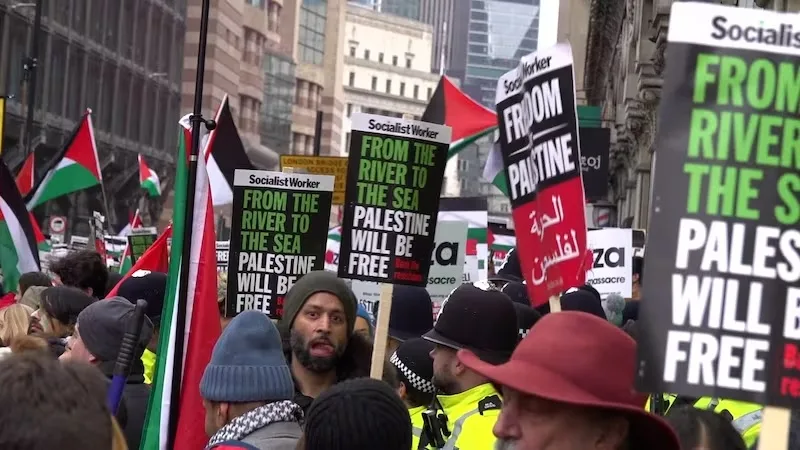
The march also put pressure on the US and the UK governments to reconsider their policies and positions on the Israeli-Palestinian conflict, and to use their influence and leverage to end the violence and the occupation. The march also inspired and encouraged other movements and groups around the world to join the global day of action and to express their solidarity and support for Palestine. The march also showed the strength and the unity of the pro-Palestine movement in the UK, which has grown and diversified over the years, and which has become a force to be reckoned with. The march also demonstrated the potential and the possibility of building a broad and inclusive coalition of people and organizations who share a common vision and a common goal of justice and freedom for Palestine and for all oppressed peoples.
Conclusion
The London march for Palestine was a historic and momentous event that marked a turning point in the history of the Palestinian struggle and the pro-Palestine movement. The march showed the world that the people of London and the UK are united and determined to stand with Palestine and to demand an end to the Israeli aggression and occupation. The march also showed the world that the Palestinian people are not alone, and that they have millions of allies and supporters who will not give up until they achieve their rights and their dignity. The march also showed the world that the Palestinian cause is a just and a noble cause, and that the Palestinian people are a resilient and a courageous people who will never surrender or compromise their dreams and aspirations. The march also showed the world that the Palestinian people are a people who love life and who seek peace, and that the Palestinian people are a people who deserve life and who deserve peace. For mor information, so please visit this link, france24,
FAQs for “London Unites: Witness the Power of 500,000 in a Historic March for Palestine!”
1. Why did people march for Palestine?
Participants marched in response to ongoing Israeli aggression in Gaza, triggered by rocket attacks from Hamas. They expressed solidarity against Israeli occupation, human rights violations, and called for an end to US and UK support for Israel.
2. What did the march look like?
A diverse and vibrant display of solidarity with people of all ages and backgrounds. The march spanned iconic London locations, featuring powerful chants, banners, Palestinian flags, and traditional keffiyehs.
3. What were the scenes during the march?
The march, starting from Marble Arch to Parliament Square, showcased peaceful demonstrations with slogans like “Cease-fire now” and songs of resistance. Despite police presence, it remained orderly and respectful.
4. What impacts did the march achieve?
The march served as a potent symbol of global solidarity, raising awareness about the Palestinian cause. It pressured the US and UK governments to reconsider their stance and inspired movements worldwide to express support for Palestine.
5. How did the march influence public perception?
The march challenged stereotypes, portraying Palestinians as resilient people seeking justice and peace. It marked a significant moment in the pro-Palestine movement, uniting

